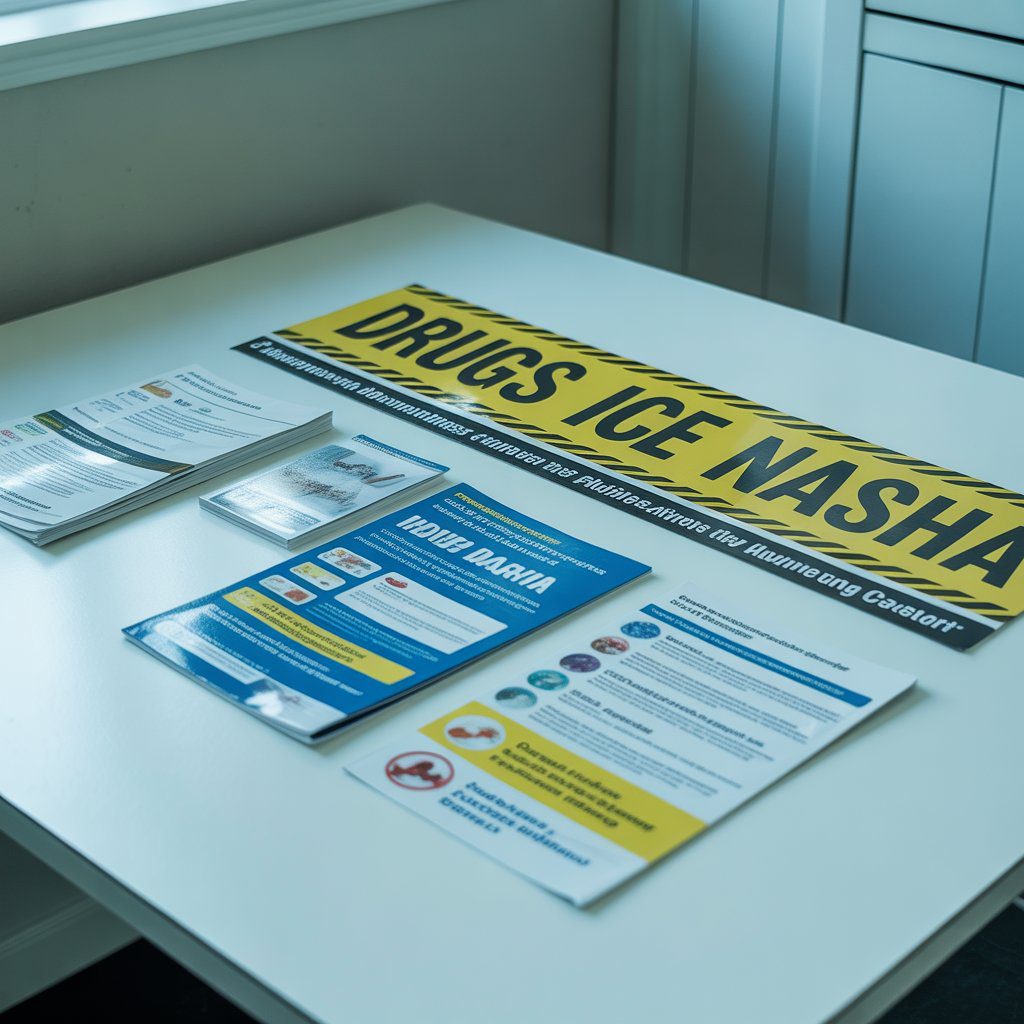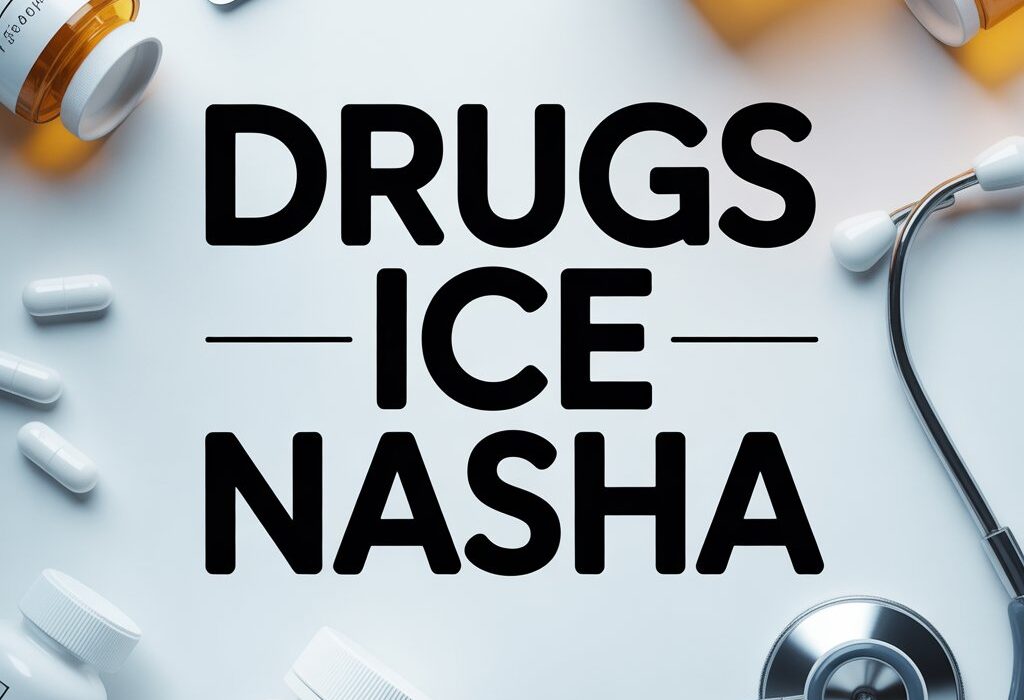Understanding Ice Nasha: A Path to Awareness and Recovery
The term Ice Nasha has become a common, yet deeply concerning phrase in societal discussions about substance abuse. “Ice” refers to the potent stimulant drug crystal methamphetamine, while “Nasha” is an Urdu word meaning intoxication or addiction. Together, they describe a devastating condition that grips individuals, families, and communities in its powerful hold. Understanding Ice Nasha is not about spreading fear, but about fostering crucial awareness, recognizing the signs of addiction, and most importantly, knowing that a path to recovery exists. This article aims to shed light on the nature of this addiction, its profound impacts, and the hopeful journey toward healing.
What Exactly is Ice? The Science Behind the Addiction
To comprehend Ice Nasha, one must first understand the substance itself. Crystal methamphetamine, or ‘Ice,’ is a powerful, man-made stimulant that affects the central nervous system. It typically looks like shiny, bluish-white rocks or glass fragments. Unlike other forms of methamphetamine, it is exceptionally pure and potent. When used, it triggers an overwhelming release of dopamine in the brain, a neurotransmitter associated with pleasure, motivation, and reward. This artificial flood creates an intense, short-lived “rush” or euphoria. Consequently, the brain’s natural reward system is hijacked. It begins to rely on the drug to feel pleasure, leading to compulsive use and the rapid development of tolerance and dependence. This powerful neurochemical disruption is what makes Ice Nasha so notoriously difficult to overcome.
The Devastating Domino Effect: Physical and Psychological Consequences
The impact of Ice addiction is a devastating domino effect, toppling every aspect of a person’s health and well-being. The consequences are both immediate and long-term, creating a cycle that is hard to break without professional intervention.
Physical Health Deterioration
The physical toll of Ice is severe and often visibly apparent. Common signs include extreme weight loss and malnutrition, as the drug suppresses appetite. Users may suffer from severe dental problems, often called “meth mouth,” characterized by rotting and broken teeth. Other physical effects include a rapid heart rate, increased blood pressure, and a heightened risk of stroke. Furthermore, chronic use can lead to skin sores from compulsive scratching, as users may hallucinate bugs crawling under their skin. The body is essentially in a state of constant, accelerated decay.
Psychological and Mental Collapse
Perhaps even more destructive are the psychological effects. Ice use is strongly linked to a range of mental health crises. These can include:
- Paranoia and Hallucinations: Users may become intensely suspicious of others and experience auditory and visual hallucinations.
- Anxiety and Insomnia: The stimulant properties cause severe anxiety and an inability to sleep, leading to exhaustion and psychosis.
- Meth-Induced Psychosis: This is a break from reality that can involve delusions, paranoia, and violent behavior.
- Cognitive Impairment: Long-term use can damage the brain’s cognitive functions, leading to problems with memory, judgment, and motor coordination.
The combination of these physical and psychological symptoms creates an individual who is often unrecognizable to their own family and friends.
A Beacon of Hope: The Road to Recovery from Ice Nasha
Overcoming Ice Nasha is an immense challenge, but it is far from impossible. Recovery is a journey that requires professional guidance, a structured environment, and unwavering support. It is a path walked one step at a time, moving from the depths of addiction toward a life of health and stability.
The First Critical Step: Medical Detoxification
The recovery journey typically begins with medical detox. Because withdrawal from Ice can be intensely psychological and physically uncomfortable—involving severe depression, fatigue, and intense drug cravings—a supervised detox is crucial. In a professional facility, medical staff can manage these symptoms, ensuring the individual’s safety and comfort during this challenging initial phase. This process helps to stabilize the body and clear the mind for the therapeutic work ahead.

Comprehensive Rehabilitation and Therapy
Following detox, a comprehensive rehabilitation program addresses the root causes of the addiction. This involves various forms of therapy:
- Cognitive-Behavioral Therapy (CBT): This helps individuals identify and change the negative thought patterns and behaviors that lead to drug use.
- Individual and Group Counseling: These sessions provide a safe space to process trauma, build coping skills, and gain support from peers who understand the struggle.
- Family Therapy: Addiction affects the entire family. Involving loved ones in therapy helps to repair broken trust, improve communication, and build a healthy support system for the future.
Rebuilding a Life: Aftercare and Relapse Prevention
Recovery does not end when a rehab program is completed. In fact, the transition back to daily life is a critical period. A strong aftercare plan is essential for long-term success. This includes ongoing outpatient therapy, support group meetings like Narcotics Anonymous (NA), and vocational or educational counseling. Learning to build a new, drug-free identity and lifestyle is the ultimate goal, empowering the individual to navigate life’s challenges without returning to substance use.
You Are Not Alone: Taking the First Step
If you or someone you love is struggling with Ice addiction, the most important thing to remember is that you do not have to face it alone. Acknowledging the problem and seeking help is an act of profound courage. Reputable rehabilitation centers are equipped with the expertise and compassion needed to guide individuals through this journey. By reaching out, you are choosing hope over despair and taking the first, most vital step toward reclaiming a life of health, dignity, and purpose. Recovery is a challenging path, but it leads to a future free from the chains of addiction.
Frequently Asked Questions (FAQs)
1. What are the most common signs that someone is using Ice?
Key signs include extreme weight loss, dilated pupils, erratic sleep patterns, excessive energy followed by a “crash,” severe dental problems, paranoid or agitated behavior, and neglecting personal hygiene and responsibilities.
2. How long does the detox and withdrawal process take?
The acute physical withdrawal phase typically lasts for 1-2 weeks, with the most intense symptoms peaking in the first few days. However, psychological symptoms like cravings, depression, and anhedonia (inability to feel pleasure) can persist for months, which is why long-term therapy is essential.
3. Can a person fully recover from Ice Nasha?
Yes, full recovery is possible. While the drug can cause lasting cognitive damage, the brain has a remarkable ability to heal with prolonged abstinence. Recovery is a lifelong process of management, and many individuals go on to live healthy, productive, and fulfilling lives free from addiction.
4. Is rehabilitation the only option, or can someone quit on their own?
Due to the powerful psychological grip of Ice, quitting alone is extremely difficult and often dangerous. The depression and cravings can lead to relapse or suicidal thoughts. Professional rehabilitation provides the medical supervision, therapeutic tools, and supportive environment necessary for a safe and sustainable recovery.
5. How can I help a family member who is addicted but refuses treatment?
This is a common and painful situation. You can start by educating yourself on addiction, expressing your concerns with compassion and without judgment, and avoiding enabling behaviors. Ultimately, you may need to consult with an addiction specialist about staging a formal intervention to encourage your loved one to accept help.



